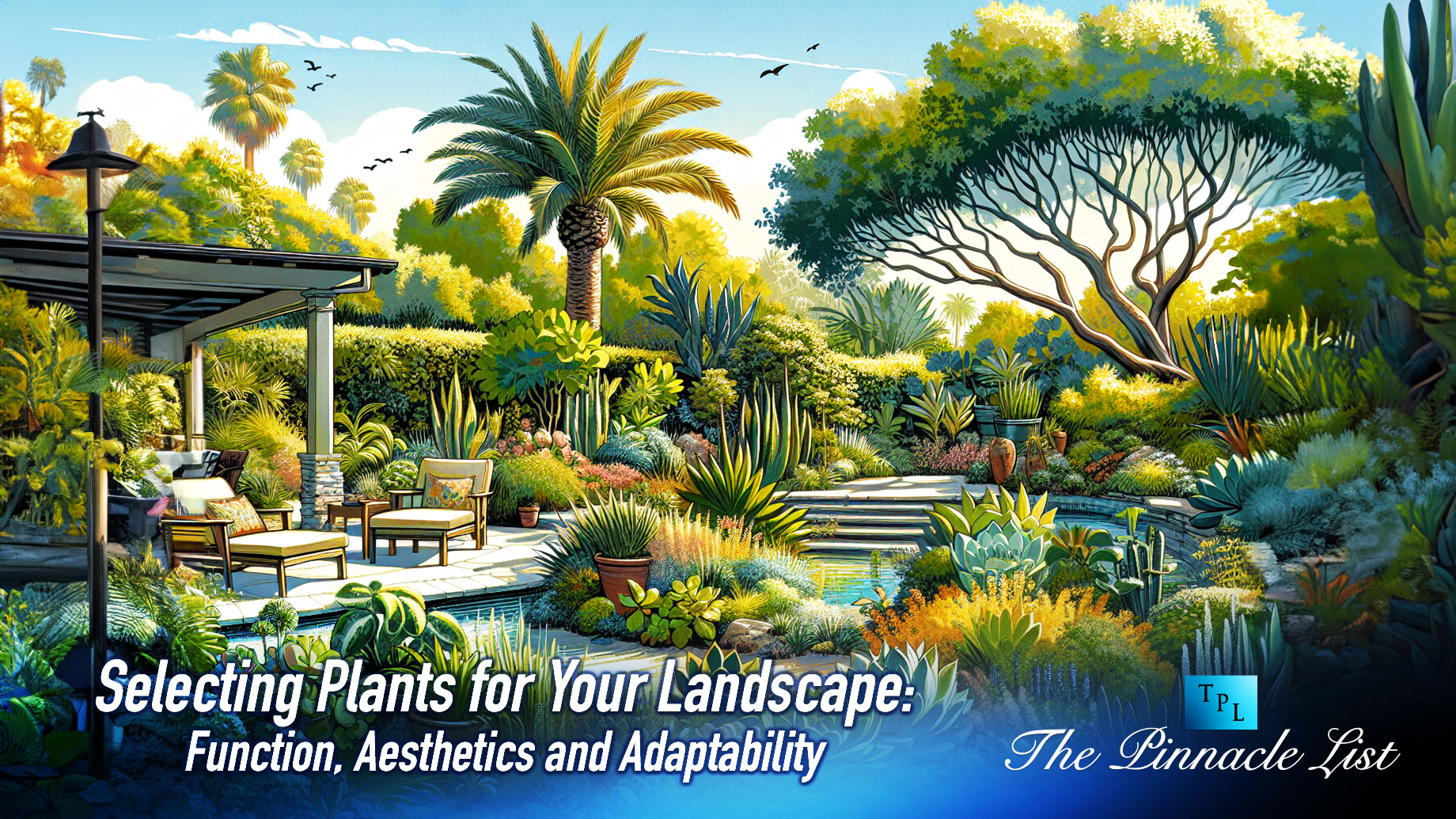
Creating a lush, inviting outdoor space depends on smart choices that blend function, aesthetics, and adaptability. This is especially true for people who are planning to transform your South Florida property, or in other regions where the climate sets its demands and people have no choice but to bend to its whims. Selecting the right plants for your landscape involves understanding your environment, your property’s style, and how you envision your garden evolving.
Understanding climate and soil conditions
The intense South Florida sun, combined with high humidity and seasonal hurricanes, creates a challenging environment for plants. They need to be resilient. Soil types vary widely—from sandy coastal areas to limestone-rich inland soils. This variation affects the types of plants that can thrive and how to care for them. Conducting a soil test before choosing plants can guide decision-making and help align choices with the land’s natural attributes.
It’s also crucial to consider the microclimate within your property. Factors like sun exposure, wind patterns and proximity to water can create distinct conditions in different areas of your landscape. For example, a sheltered courtyard may provide a more hospitable environment for delicate plants compared to an exposed beachfront garden. Understanding these nuances allows you to choose plants that will thrive in each specific location.
Balancing form with function in plant selection
A beautiful garden is delightful, but the best landscapes blend beauty with practicality. Think about how some plants can offer privacy, reduce noise, or attract wildlife, turning your garden into a dynamic habitat. For instance, Viburnum or Clusia can create a dense green boundary and provide a haven for birds. Shade-providing species can make sunny spots cooler, which is essential for outdoor enjoyment in hot months.
When selecting plants for their functional qualities, it’s important to consider their growth habits and maintenance needs. Some plants may provide excellent shade or privacy but require frequent pruning to maintain their shape and size. Others may have attractive flowers but also produce messy fruit or shed leaves excessively. Balancing these practical considerations with the aesthetic qualities of the plants will help create a landscape that is both beautiful and manageable.
Choosing plants that thrive in South Florida
Opting for native species is a good start, as they’re naturally suited to the local climate and typically demand less upkeep. However, South Florida’s landscape also showcases the beauty of diversity, with many non-native plants flourishing. Balancing local ecosystem health with design and functional objectives is key. Drought-resistant plants, like succulents and cacti, can reduce water usage, aligning with sustainable gardening practices.
When incorporating non-native plants into your South Florida landscape, it’s essential to research their potential invasiveness. Some exotic species can spread aggressively, disrupting natural ecosystems and requiring substantial efforts to control them. Opting for non-invasive, climate-appropriate plants ensures that your garden remains a responsible and sustainable part of the local environment.
Incorporating adaptability into landscape design
Gardens change over time, and watching them evolve can be rewarding. Choosing plants that grow well and adapt over time ensures that your garden stays vibrant and manageable. A mix of perennials and annuals adds dynamic elements to your outdoor space, allowing for refreshment and change in design based on shifting needs or tastes. As family dynamics or usage changes, areas designated for active play can become calm retreats. The chosen plants should accommodate this evolution, adapting alongside your family.
Focusing on these principles allows you to create a landscape that is beautiful and closely tied to South Florida’s unique climate and cultural landscape. The correct plant selection ensures your garden is not just a visual delight but also a functional, adaptable space that boosts your luxury property’s value and enjoyment.
Another aspect of adaptability in landscape design is the ability to respond to changing environmental conditions. As weather patterns shift and the effects of climate change become more apparent, it’s important to choose plants that can tolerate a range of conditions. This may include plants with higher drought tolerance, better resistance to pests and diseases, or the ability to withstand more extreme temperatures. By selecting plants with these adaptable qualities, you can create a landscape that is more resilient and better equipped to thrive in the face of future challenges.